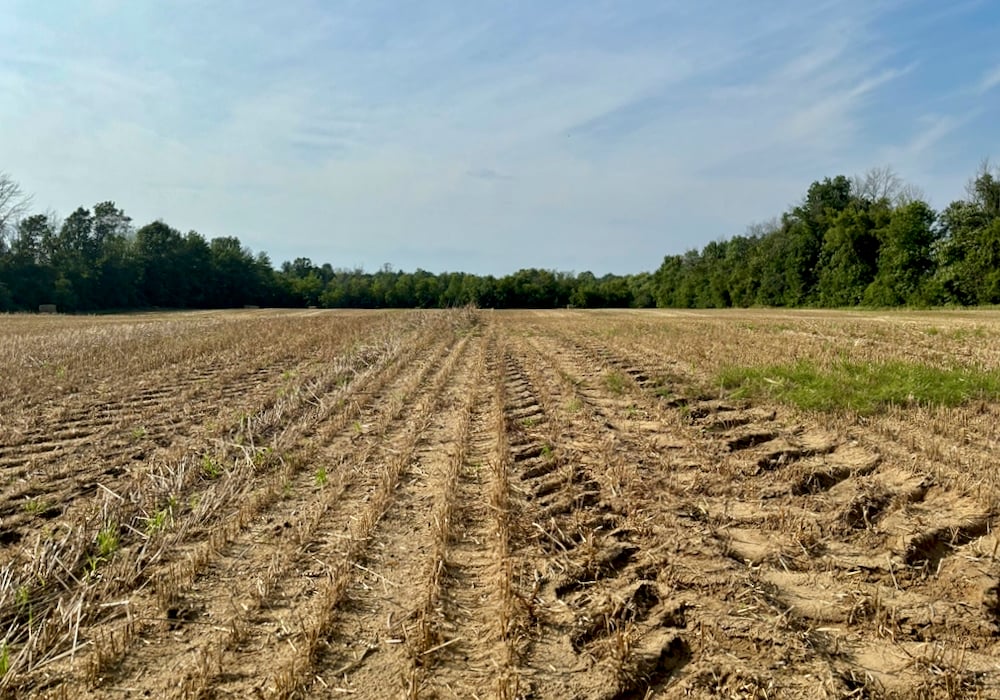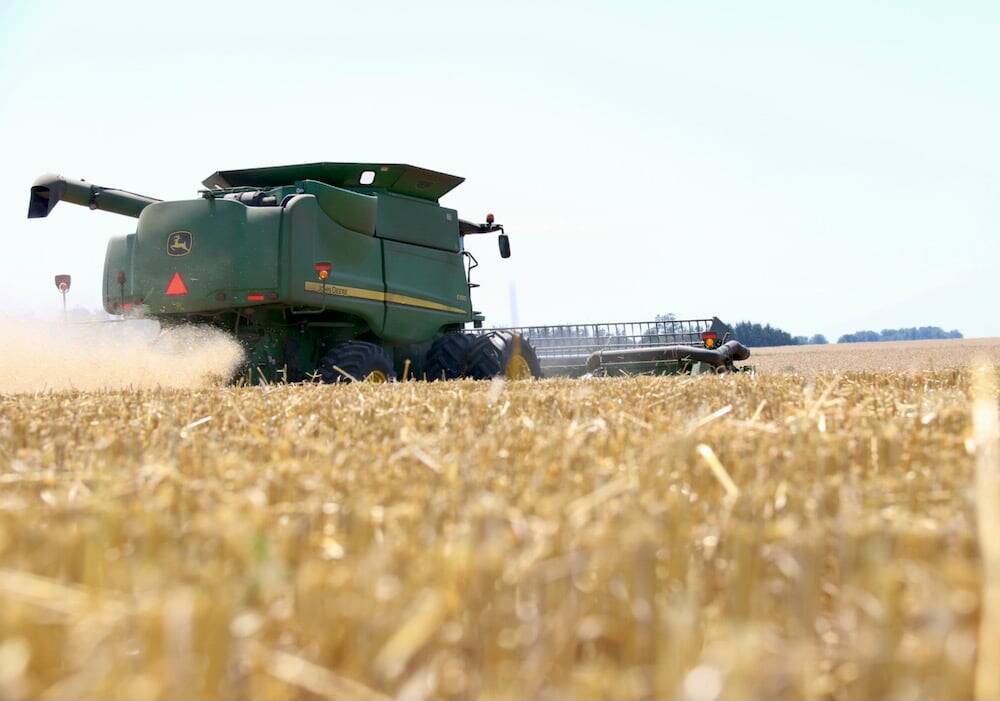Managing bare soils in the field after harvest

Much of the province has completed harvest of both winter and spring cereals over the last two months. Growers must now make a decision on what to do with these fields through the fall.
Read Also

Repeated delays bring average winter wheat crop province-wide
Ontario’s 2024 winter wheat crop yield was average despite production delays from winter until harvest.
Option 1: Monitor and manage cereal re-growth
Cereal crops often have significant regrowth throughout the summer and fall months, even with a pre-harvest burndown. While regrowth is not the textbook definition of a cover crop, it helps reduce the risk of soil, water and nutrient runoff. Regrowth should be monitored into the fall, as too much can sometimes delay spring field work. Crops such as corn silage or soybeans do not have any regrowth, but with some rainfall, can quickly see high weed pressure, especially with corn silage, leaving soil exposed and vulnerable to erosion over winter.
Option 2: Seed a cover crop
Cover crops are an excellent option following harvested cereal fields. Even if the harvested crop has regrowth, various species of cover crops can be still be seeded after harvest providing many benefits. Growing multiple species provides different root types to break up the soil, nitrogen fixing properties, and can help to break disease or pest cycles. Seeding a cover crop over acres with little residue or regrowth can help control weed pressure throughout the fall and create cleaner seed beds in preparation for spring field work.
The period for reliable establishment of cover crops in Ontario ends for many species in the last week of August. However; there are still options as oats and barley can be seeded up until mid-September and winter cereals such as cereal rye, triticale and wheat can be seeded up to mid-October or beyond. The Midwest Cover Crops Council Decision Tool provides county-specific establishment information. Many cover crops are eligible for coverage under the New Forage Seeding program offered through Agricorp.
One of the most important things to consider when planting cover crops is how to terminate them. Prior to planting anything, growers need to have a plan to manage the crop through termination or the planting of the next crop. Some species of overwintering cover crops can be difficult to terminate in the spring and can rob moisture from spring-seeded crops. A plan to terminate the cover crop, either chemically or mechanically in the fall before frost or early in the spring is recommended.
Option 3: Combine manure application with cover crop establishment
For growers with access to livestock manure, many will take this opportunity to spread manure on harvested cereal acres. Manure, if applied prior to planting a cover crop, should be incorporated within 1-2 days of application. Manure can be applied on planted or well established cover crops, however, consider the rate or quantity of manure being applied to avoid crop damage or loss. Applying manure to cover crops can “significantly reduce” the need for commercial fertilizer in the following year’s crop.
Option 4: Provide additional grazing
Cover crops seeded early enough in late summer or the fall can be grazed by livestock. Commonly grazed cover crops include oats and peas, as the risk of bloat or grain overload is minimal. Red clover can be grazed but needs to be managed more closely as animals can easily bloat from over-consumption. Sorghum-sudangrass is also popular, but frost damage can cause serious animal health risks. For information on grazing sorghum-sudangrass, check out this Field Crop News Article.
Bottom line
Cover crops can be very beneficial to help manage bare soils after harvest, but it is important to have a plan for managing them, including termination, in your multi-year crop rotation plan. If changes need to be made, whether it be attributed to weather, feed requirements or other factors, consequences or side-effects of the changes need to be considered early on.
Source: Farmtario.com

